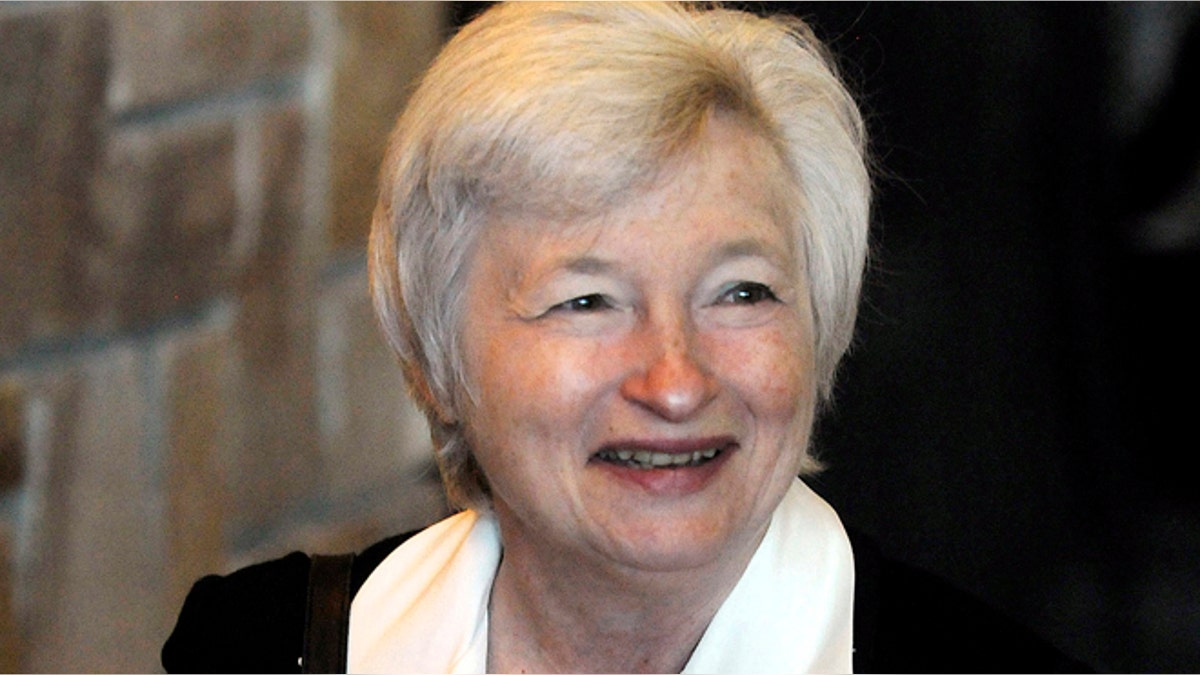
(Reuters)
Senate confirmation hearings on Janet Yellen’s nomination as chairman of the Federal Reserve create a moment of truth for the Republican Party.
Who are the “new” Republicans in the Senate? Who are the “old” Republicans? We will shortly know for sure, based on their Yellen vote.
It wasn’t very long ago that there was hardly a dime’s worth of difference between Democrats and Republicans on monetary policy.
Ever since Republican president Richard Nixon declared that “We are all Keynesians now,” both parties have agreed that Keynesian prescriptions such as deficit spending and printing new money help “stimulate” the economy.
[pullquote]
When George W. Bush nominated registered Republican economist Ben Bernanke in 2006 to head the Fed, Democratic senators Schumer and Kerry loudly applauded the choice.
When President Obama reappointed Bernanke, some Republican senators fell off the bandwagon, but many went along.
When President Obama nominated Janet Yellen to the Fed as vice-chairman in 2010, some Republicans also voted against her. Now, finally, we have a real litmus test.
Anyone voting for Yellen is a Keynesian and therefore an “old” Republican. Anyone voting against her is a “new” Republican like Senators Rand Paul or Ted Cruz. We will be able to identify clearly the players on each team.
Why does any of this matter to the average American?
It matters because today’s Fed, whether led by a Republican such as Bernanke or a Democrat such as Yellen, is wrecking the economy, spoiling any chance for a sustainable recovery, and thereby depriving our children of an economic future.
There are reasons to listen to Yellen critics such as Senator Paul. Is it really possible for us to solve an economic crisis in 2008 caused by too much bad debt by piling on even more debt? Will all the new debt, financed by easy money Fed policies, really help us recover and pay off the old debts?
President Obama in his first budget message said: “We are moving from an era of borrow and spend to one of save and invest.” His subsequent actions certainly belied his words. He has embarked on one of the greatest borrow and spend binge in human history, a binge financed by the Fed.
It is illegal for the Fed to buy government bonds directly with its newly created money. If it did, the government would be “borrowing” from itself. But after the bonds are sold to Wall Street, the Fed buys them back, which amounts to the same thing. Through this process, the Fed has become the largest creditor to the government, larger even than Japan or China.
The Fed’s policies fail to make sense even in purely Keynesian terms. Keynes taught that the key to pulling an economy out of recession is to increase demand. Repressing interest rates is supposed to stimulate borrowing and thus stimulate demand. But the Fed’s repression of interest rates has penalized savers. The collapse of demand from savers has in turn more than offset any new demand from borrowers lured by the low interest rates.
More seriously, the Fed’s repression of interest rates and creation of so much new money out of thin air has a tendency, not to create sustainable boom, but rather to blow up artificial and unsustainable economic bubbles.
We saw the disastrous consequences of this in the collapse of the dot-com bubble, and then the collapse of the housing bubble. Both the bond market and the stock market today look like new bubbles in the making, and their collapse will not be pretty.
Will Janet Yellen provide a reasoned defense of the Fed’s current policies during her confirmation hearings?
It is not likely.
Like Ben Bernanke and other leading Keynesians, she regards critics as cranks and does not bother to offer either logic or empirical evidence to support her radical experiments.
The truth is that neither economic theory nor evidence suggest that creating so much new money will create sustainable new employment. Bernanke has pointed to stock market gains as evidence for success, but there is also little correlation between such gains and employment growth. This particular brand of “trickle down” economics simply does not work.
In the long run, what the Fed has done is to clamp ever tighter price controls on interest rates, which are among our most important prices.
Even a beginning level economist knows that price controls do not improve an economy. They destroy it.
